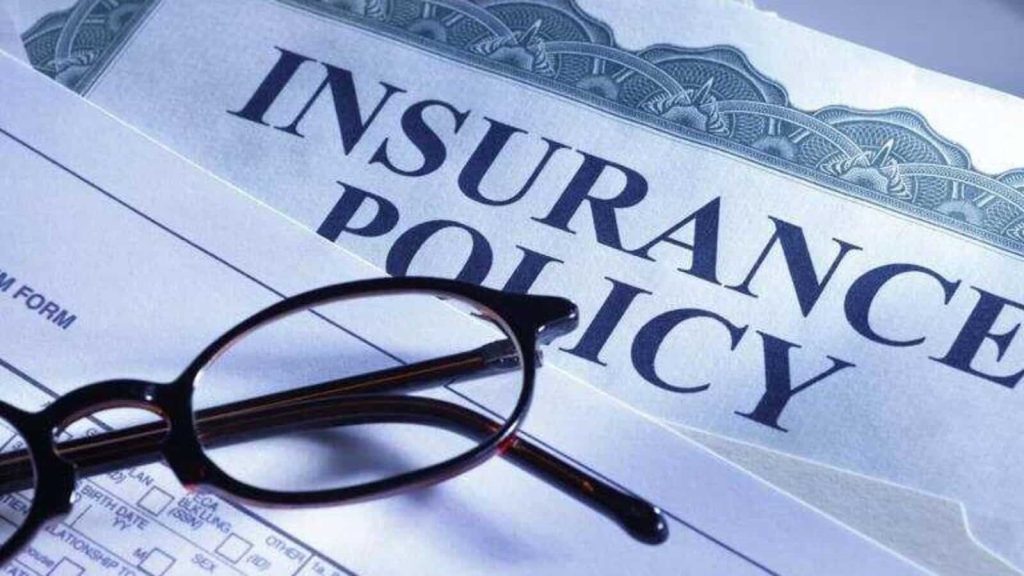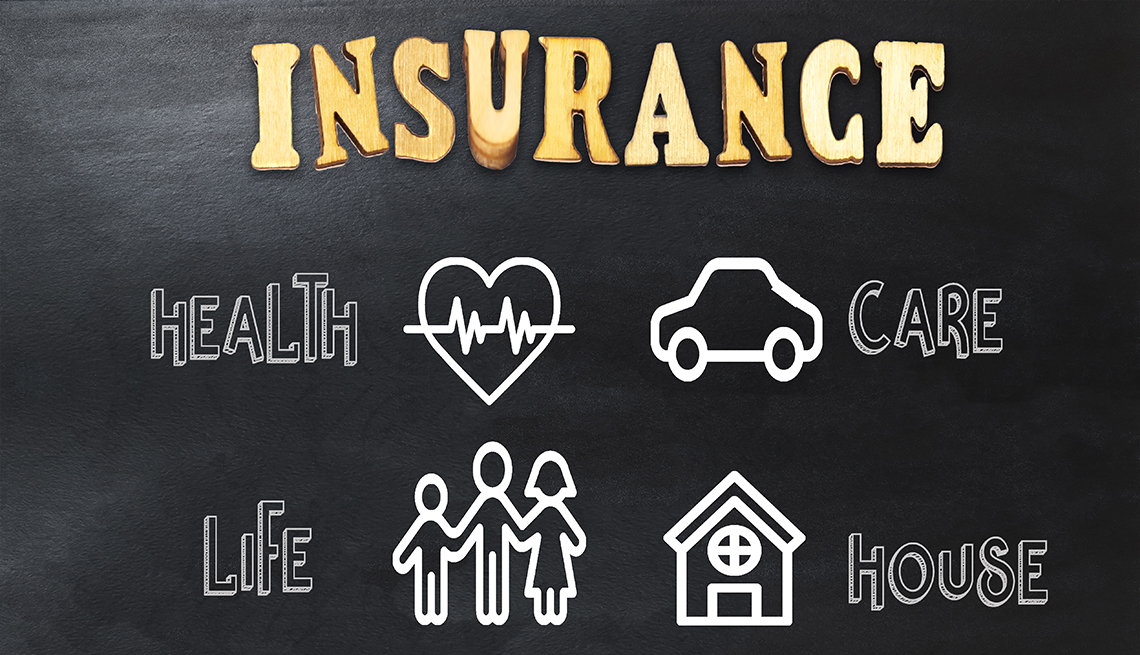
: Why Homeowners Insurance Is Essential and What It Actually Covers
Homeowners insurance is a critical safeguard that every homeowner should consider. It provides financial protection against damage to your home and its contents, but it can also cover liability in case someone is injured on your property. Whether you’re a first-time homeowner or you’ve been in your home for years, understanding the importance and the details of homeowners insurance can give you peace of mind. In this article, we will discuss why homeowners insurance is essential, what it covers, and why it’s a must-have for every property owner.
Table of Contents
- Introduction to Homeowners Insurance
- Why Is Homeowners Insurance Essential?
- Protection Against Property Damage
- Liability Protection
- Mortgage Lender Requirements
- What Does Homeowners Insurance Cover?
- Dwelling Coverage
- Personal Property Coverage
- Liability Coverage
- Additional Living Expenses (ALE)
- Types of Homeowners Insurance Policies
- HO-1 to HO-8 Policy Types
- How Much Homeowners Insurance Do You Need?
- How to Choose the Right Homeowners Insurance Policy
- Common Exclusions in Homeowners Insurance
- Frequently Asked Questions (FAQs)
- Conclusion
1. Introduction to Homeowners Insurance
Homeowners insurance is a contract between you and an insurance provider that provides financial coverage for damage to your home or personal property, liability for accidents that happen on your property, and additional living expenses if your home becomes uninhabitable due to a covered event. It’s a crucial tool to help protect homeowners from unexpected financial burdens.
Key Points:
- Homeowners insurance is designed to protect the physical structure of your home, your personal belongings, and offer liability coverage.
- It’s not mandatory in all situations, but it’s essential for most homeowners.
2. Why Is Homeowners Insurance Essential?
Protection Against Property Damage
Your home is likely one of the largest investments you’ll make in your lifetime. Homeowners insurance ensures that in the event of disasters such as fire, theft, or natural calamities like storms or earthquakes, you can repair or rebuild without facing financial ruin. Depending on the policy, the coverage can help you recover the cost of damages and repairs, thus safeguarding your investment.
Liability Protection
Accidents happen, and if someone is injured while visiting your home, homeowners insurance can protect you from being financially liable for medical expenses, legal fees, and more. This aspect of coverage ensures that you’re not financially devastated by incidents that are beyond your control.
Mortgage Lender Requirements
Most mortgage lenders require homeowners insurance before approving a loan. This requirement protects the lender’s investment, ensuring that the property is covered against potential losses.
3. What Does Homeowners Insurance Cover?
Understanding the components of homeowners insurance is essential to determine whether you need extra coverage or if a standard policy will suffice. Homeowners insurance typically covers the following areas:
Dwelling Coverage
This includes the physical structure of your home, such as walls, roof, foundation, and built-in appliances. If your home is damaged by a covered event like fire, theft, or a storm, this part of the policy will help cover the repair or replacement costs.
Personal Property Coverage
Your personal belongings, such as furniture, clothing, electronics, and other valuables, are protected under this coverage. If they’re damaged or stolen in a covered event, the policy will provide compensation to replace or repair them.
Liability Coverage
If someone gets injured on your property, liability coverage can help cover medical bills, legal costs, and even settlement fees if a lawsuit arises. It also covers damage caused by your household members or pets.
Additional Living Expenses (ALE)
If your home becomes uninhabitable due to a covered event (such as a fire or storm), your homeowners insurance policy will cover additional living expenses. This includes the cost of temporary accommodation, meals, and other essentials while your home is being repaired.
4. Types of Homeowners Insurance Policies
Homeowners insurance policies are not one-size-fits-all. Different types of policies provide varying levels of coverage, and it’s important to choose the right one based on your needs. The most common types of homeowners insurance policies are:
HO-1 (Basic Form)
This is the most basic homeowners insurance policy, covering only a few specific perils, such as fire, lightning, and vandalism.
HO-2 (Broad Form)
HO-2 policies cover more risks than the HO-1 policy, including damage from falling objects, snow, and ice.
HO-3 (Special Form)
This is the most common homeowners insurance policy, offering coverage for all perils except for those specifically excluded in the policy. It includes dwelling and personal property coverage.
HO-5 (Comprehensive Form)
HO-5 policies offer the broadest coverage, insuring both dwelling and personal property against all perils, except those explicitly excluded.
5. How Much Homeowners Insurance Do You Need?
The amount of homeowners insurance you need depends on several factors, including the value of your home, personal property, and potential liabilities. To determine your coverage:
- Home Value: The policy should cover the full replacement cost of your home, not just its market value.
- Personal Property: Estimate the value of your personal belongings to ensure they’re fully covered.
- Liability Coverage: Consider how much liability protection you need based on factors like your home’s location and whether you have pets or a swimming pool.
6. How to Choose the Right Homeowners Insurance Policy
When choosing a homeowners insurance policy, consider the following:
- Compare Multiple Providers: Don’t settle for the first offer. Compare quotes from different insurance providers to ensure you’re getting the best coverage.
- Check the Exclusions: Understand what your policy doesn’t cover and make sure it aligns with your needs.
- Assess the Deductible: A higher deductible can lower your premiums, but it also means you’ll pay more out-of-pocket if a claim is filed.
7. Common Exclusions in Homeowners Insurance
Homeowners insurance doesn’t cover everything. Some of the most common exclusions include:
- Flood Damage: Floods are typically not covered under standard homeowners insurance. You’ll need a separate flood insurance policy.
- Earthquakes: Earthquake damage is usually excluded, though some policies offer riders for this coverage.
- Maintenance Issues: Routine wear and tear or poor maintenance are typically not covered.
8. Frequently Asked Questions (FAQs)
What is the difference between actual cash value and replacement cost?
Actual cash value is the value of your home or personal property after accounting for depreciation, while replacement cost covers the full cost of repairing or replacing your home or belongings.
Does homeowners insurance cover damage caused by termites?
No, homeowners insurance typically doesn’t cover damage caused by pests, such as termites or rodents.
9. Conclusion
Homeowners insurance is a vital part of protecting your home, personal property, and financial well-being. It provides peace of mind by ensuring you are covered in the event of an accident or disaster. While it’s not legally required, it is essential for most homeowners, especially those with a mortgage. Understanding what homeowners insurance covers, the different types of policies available, and the exclusions in each can help you make an informed decision about the best coverage for your needs.



